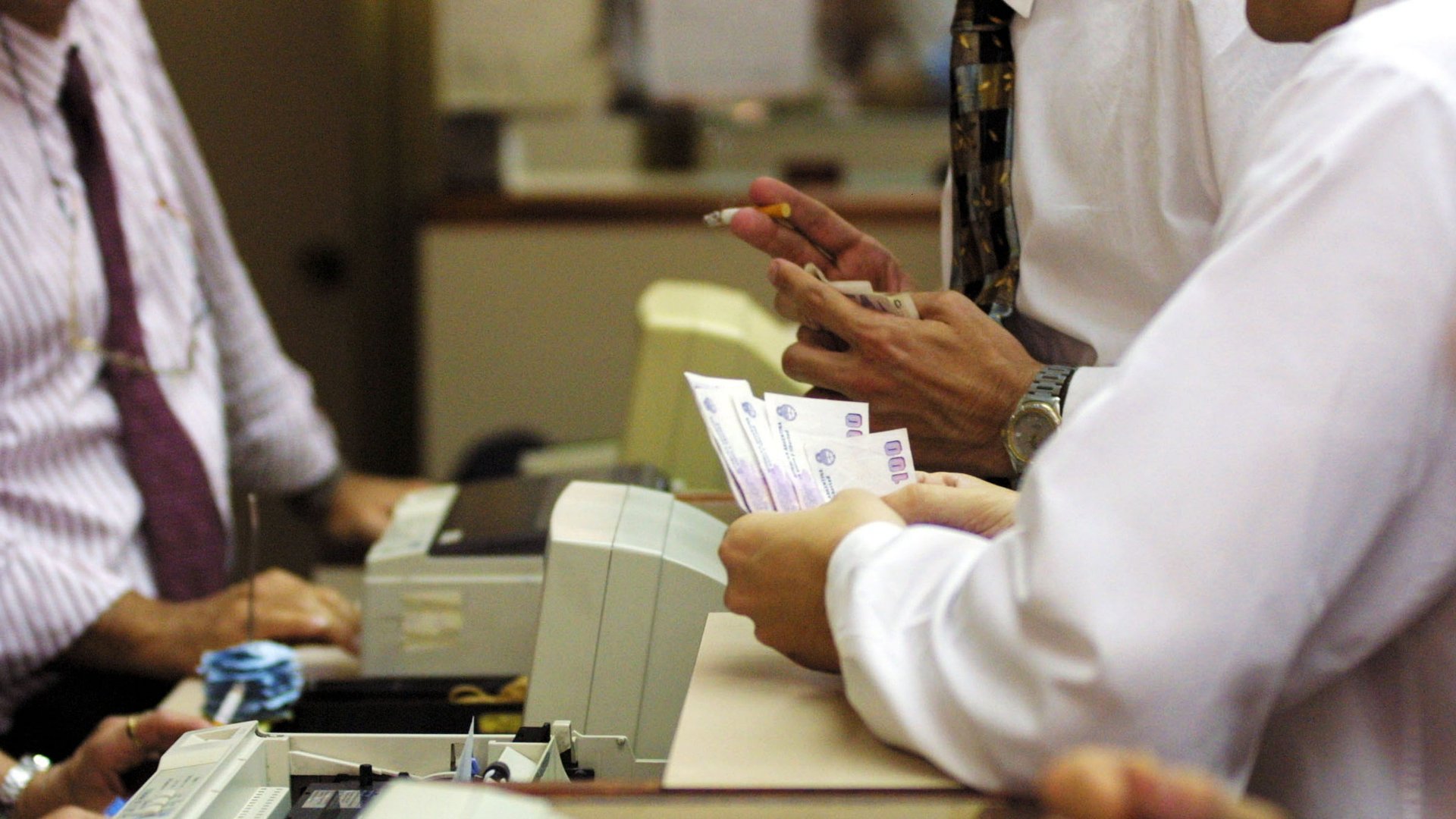In this lousy economy, Argentines are willing to pay top dollar for dollars
In Buenos Aires, hustlers trying to covertly buy US dollars work alongside the vendors selling kitschy souvenirs.


In Buenos Aires, hustlers trying to covertly buy US dollars work alongside the vendors selling kitschy souvenirs.
They lead tourists looking to sell their currency at a good rate to the cuevas, or “caves” where money exchanges happen. While some of these spots are a few flights up in small, dingy offices, others operate discreetly from out of the city’s finest hotels and visible stores.
Two going rates for the dollar coexist in Argentina: the official exchange rate and the unofficial “blue” rate. In early May, the official sale rate for the dollar was ARS 5.22. The blue rate–widely acknowledged, reported and quoted–was almost double, at 10.45 pesos. Traders have dubbed it the “Messi dollar” after Lionel Messi, the Argentine soccer superstar whose jersey number is 10.
This disconnect is a side-effect of President Cristina Fernández de Kirchner’s efforts to stem capital flight and stop Argentines from hoarding dollars, as they have always done during periods of economic uncertainty. The blue rate has risen rapidly since Kirchner began implementing increasingly stringent measures to curb capital flight following her reelection in October 2011. Large corporations face strict new import regulations, and Argentines looking to travel internationally face a 20% surcharge when they use their credit cards abroad, as well as an extra 20% fee on travel services such as plane tickets.
It has also become nearly impossible for Argentines to purchase foreign currency in the country via official channels. Argentines are banned from buying dollars unless it is for international travel. To do so, they must go through the country’s tax agency, submitting a formal request for how much they want, as well as why and how they plan to use it. Once they have jumped through these hoops, most find their requests denied by the dollar-strapped government, which wants people to save in the national currency.
But convincing Argentines to save in pesos is an uphill battle. Many are still shaken after watching much of their pesos’ value evaporate when the government defaulted on $100 billion of debt in 2001 and the economy crumbled.
While the data shows that the new measures have kept more money in the country—capital flight was $21.5 billion in 2011, compared with $3.4 billion last year—the wild climb of the blue dollar suggests a wobbly economy surrounded by distrust, as people still scramble to stash away foreign cash. In the past year and a half, the blue dollar value has continued to soar, passing the milestone of 10 pesos to the dollar, a rate that once seemed astronomical. The government reports inflation at around 11%, but independent economists, many reluctant to speak to the media for fear of retaliatory government bullying, place it around 25%.
Currency controls have pushed many Argentines to buy dollars wherever and however they can. Locals ask visiting family members and friends to bring along dollars to sell. When vendors quote prices in dollars, the first question is always whether they accept payment in pesos at the official or the blue rate. The blue dollar rate is openly reported in national media and, for the avid social-media-using populace, it even has its own Twitter handle (@DolarBlue).
With 2001 in recent memory, Argentines are fearful of how this story might end. And as they watch inflation continue to rise and the chasm between the official and blue rates widen, many see only one way to protect themselves—buy blue.